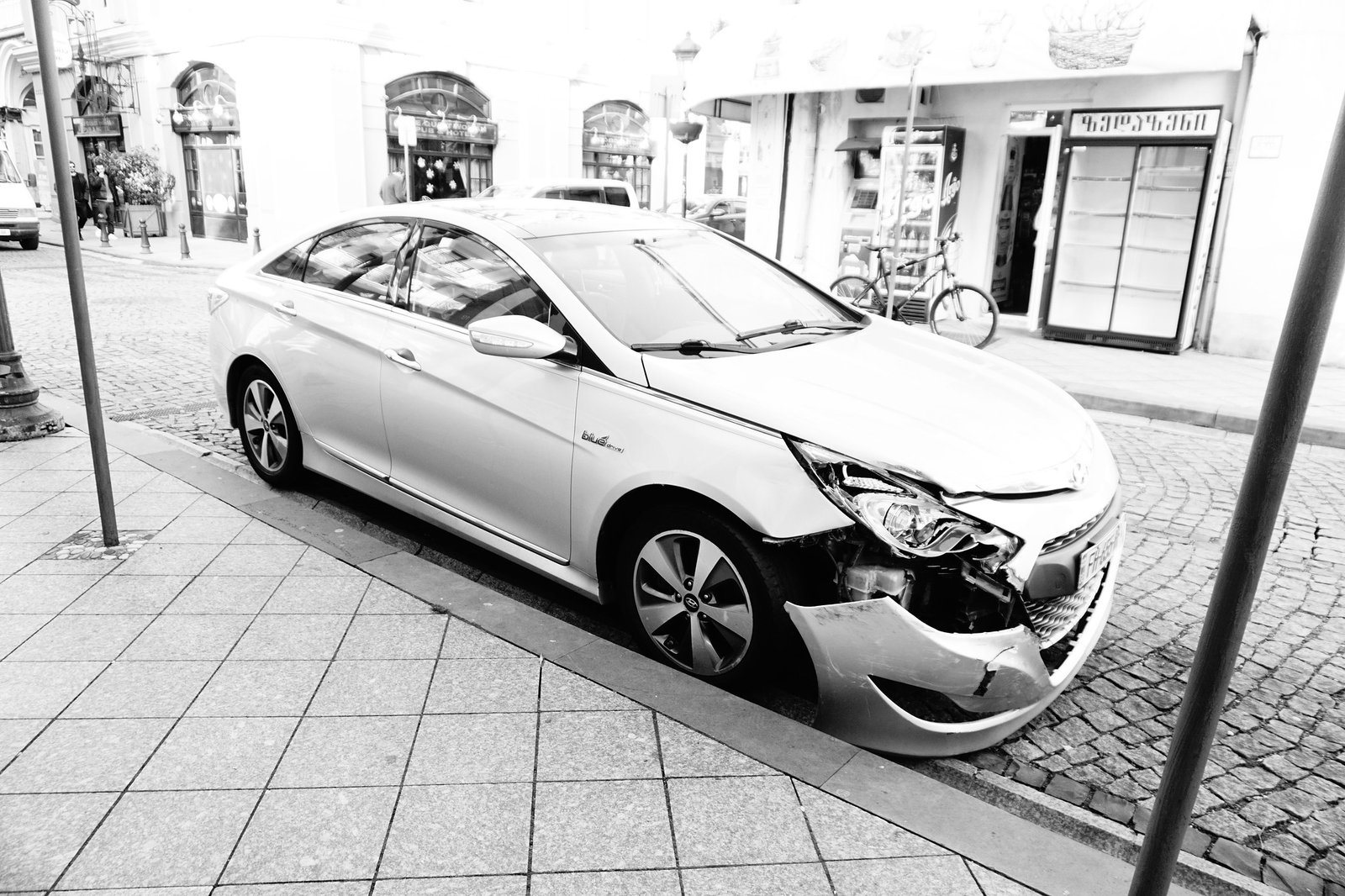Car accidents can result in injuries, financial hardships, and even emotional trauma. Have you ever experienced one? Do you think there was anything you could have done to stop it? While it’s possible that this won’t always be the case, many car accidents can be avoided.
You must take your safety as the driver and the safety of people around you into consideration to avoid getting into one yourself. This can help you drive more safely and also save you money and time by preventing needless expenses.
Even though some of these tips on avoiding car accidents may seem obvious, they serve as reminders of what to focus on to increase your awareness of your surroundings while driving through Houston Traffic. Here are some essential tips that can help avoid car accidents:
- Avoid Overspeeding
Overspeeding decreases your reaction time and increases your risk of being in an accident. It is more difficult to slow down when traveling at a very high speed. You risk getting into an accident if you can’t slow down.
Remember that police officers often stay in hidden places when looking for over-speeders. They won’t think twice about issuing you a ticket if you’re caught driving too fast. Even while this isn’t an accident, it’s still something you should steer clear of.
- Maintain your lane
Allowing other drivers to pass you in traffic and not protecting your position are examples of defensive driving. Refrain from acting vigilantly and keep to your lane to avoid swaying and blocking traffic. Understand that someone will always believe they are in a greater rush than you. You should steer clear of these drivers at all costs. Avoid the temptation to teach them a lesson; you don’t need to do that. Learn to stay in the right lane unless you’re overtaking another vehicle.
- Always hold the steering wheel with both hands
In case an accident occurs, having two hands on the wheel gives you greater control over the vehicle. Imagine having one hand resting comfortably on it when you need to swerve out of the path; you would miss that crucial fraction of a second to correct your position, which might mean the difference between safety and an accident.
Aim to keep your hands at 10 and 2 o’clock on your steering wheel all the time. Although it may not be the best, this driving posture gives you more flexibility if you unexpectedly need to change your direction.
- Utilize your signal lights appropriately
Use your signal at all times, even if you believe no one is nearby. Don’t signal mid-lane change or after you’ve already changed lanes on the road. Give at least a few seconds’ notice so that other drivers can anticipate your following line of action.
- Avoid distractions while driving
Try to focus only on driving whenever you’re on the steering wheel. If you need to use your phone, read a map, take a snack, or fix your iPod or CD player, pull over. A split second of distraction is all it takes to get into trouble. When an emergency happens, having your hands and head occupied is the last thing you need.

